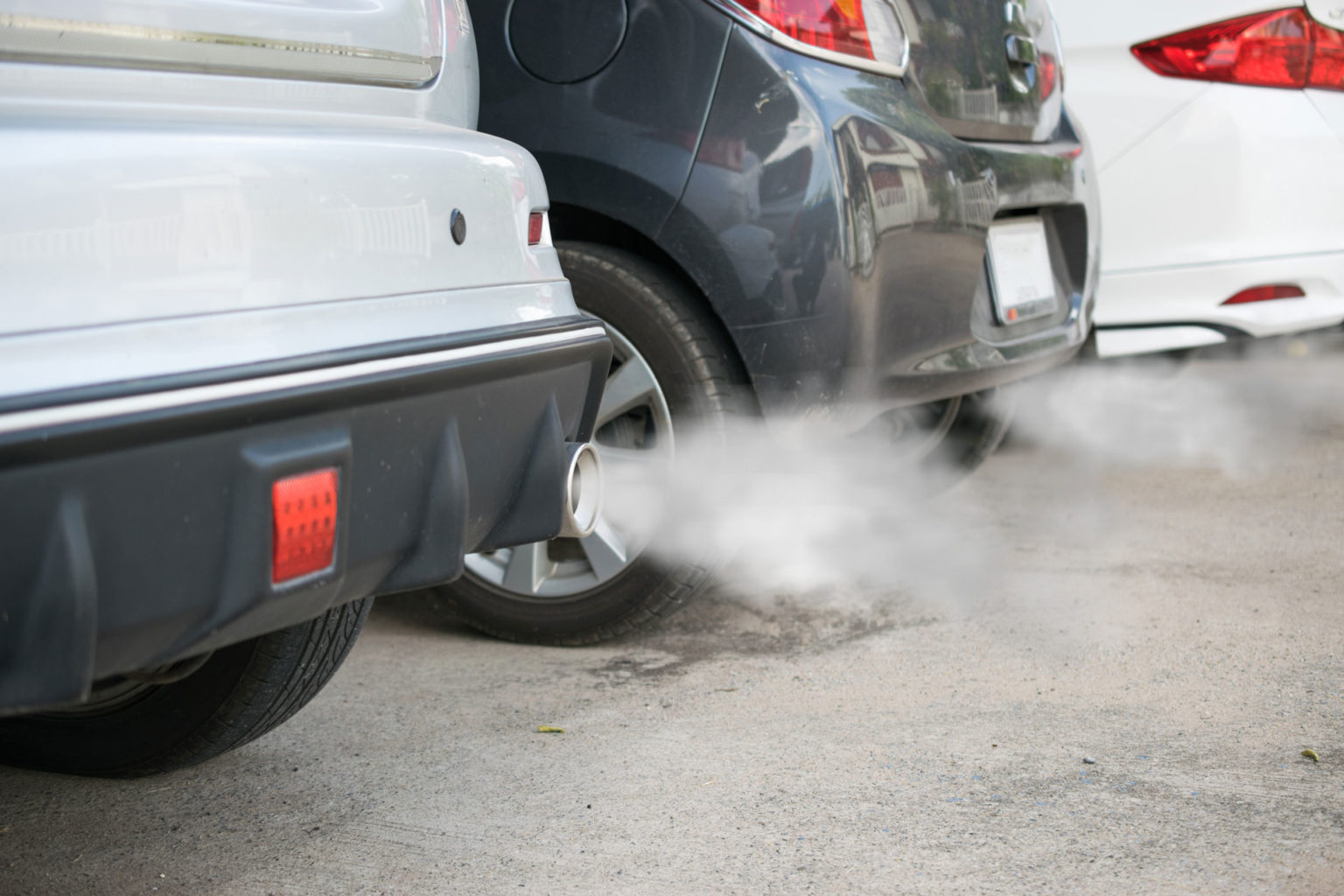Fuel Economy and Consumption
Fuel economy measures how far you can go on an amount of fuel. The higher the fuel economy, the better.
What is fuel economy and consumption?
Fuel economy measures how far you can go on an amount of fuel, most commonly measured in miles per gallon (Mpg) as in the UK and USA. Other countries consider fuel consumption, which is how much fuel it takes to go a given distance, as seen in Europe and many other countries as litres per 100 kilometres (l/100km).
The higher the fuel economy the better; the lower the fuel consumption the better.
How is it measured?
Fuel economy indicators on the vehicle’s dashboard display are now compulsory in many regions, so you can get a good idea from this on-board calculation.
For a more accurate measure, derived independently of the vehicle’s systems, the same portable gas analyser is used by AIR as for pollutant emissions. By measuring carbon monoxide and carbon dioxide from the tailpipe, for a known type of fuel, it is possible to derive the fuel consumed highly accurately. This is called the carbon balance method, and it is also used in calculating the official fuel economy ratings.
How do real-world measures differ from official figures?
Although many of the measurement principles are the same, official fuel economy figures are currently derived from laboratory tests. The argument for this approach is to achieve maximum repeatability and minimum bias, even at the cost of being representative of the real world. There are a number of different laboratory cycles used around the world.
Before 2018, official fuel economy figures in Europe were based on the New European Driving Cycle (NEDC), which was a 20-minute test made up of 50% urban driving and 50% extra-urban. This was subsequently replaced by the 30-minute World Harmonised Light Duty Transient Cycle (WLTC), which comprises four phases, which are more dynamic than the NEDC but roughly equate to an even split between urban and extra-urban driving as well. Typically, real-world fuel economy was 30-40% worse than on the NEDC, and is 10-20% worse than on the WLTC.
In the US, for over ten years, the fuel economy label for new cars has been based on the Environmental Protection Agency’s “five-cycle” test, which is made up of city, highway, high speed, cold start and air conditioning cycles. On average, fuel economy on this cycle is in-line with real-world experiences.
What affects your fuel economy?
Unsurprisingly, choice of vehicle has the greatest impact on fuel economy.
Once you have chosen your vehicle, the fuel economy of a standard internal combustion engine vehicles depends primarily on the mix of road types and speeds you drive at, with urban driving having worse fuel economy than on the motorway. Driving style can have some impact on fuel economy, with smoother driving and greater anticipation being the most beneficial. Changing up gear early in modern cars does not deliver a consistent benefit and, in some cases, makes the economy worse. Limiting air conditioning use reduces fuel use, but at the price of passenger comfort.
How is fuel economy related to emissions?
As described above, fuel economy is derived directly from a vehicle’s carbon emissions.
The higher the emissions, the worse the fuel economy. There is no equivalent direct link between fuel economy and other pollutant emissions, for example NOx and particulates. While it is true that NOx and particulate emissions tend to spike with, for example, high acceleration, which also leads to higher fuel consumption, the relationships are complex. In other circumstances, higher load can lead to lower NOx emissions if the extra heat in the exhaust means the after-treatment system works better.
How does the AIR Index cover fuel economy and consumption?
The fuel economy and consumption figures published on the AIR Index website are derived from the same tests as the CO2 indices, with the same weighting between urban and extra-urban driving.
The values are quoted numerically rather than as a ratings classification, as this is most useful to car buyers. However, the measurement variability should always be considered in interpreting the results.
Which vehicles are tested?
It is not practical to test every variant of every model to be rated for the AIR Index, but there is an ongoing programme underway to evaluate as wide a range of vehicles as possible according to the CWA17379 methodology. If there is a particular vehicle you would like to see tested, please let us know by sending an email to info@allowair.org for us to consider.
We also include predicted ratings for models which have not yet completed testing in full compliance with CWA 17379 . These are displayed in the search results with the relevant AIR Index rating ‘blanked out’ as they are not full AIR Index ratings, but they do provide an indication of the expected result once a vehicle has been tested in accordance with the CWA 17379 protocol.


